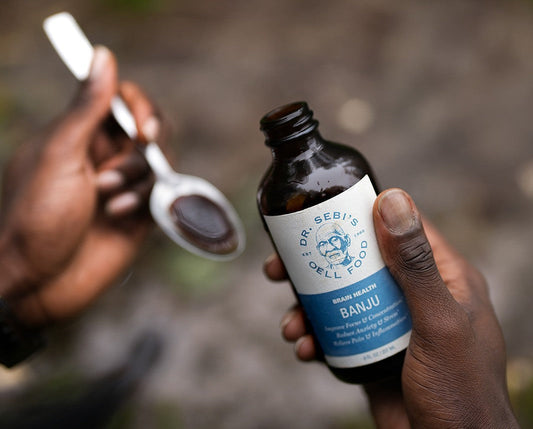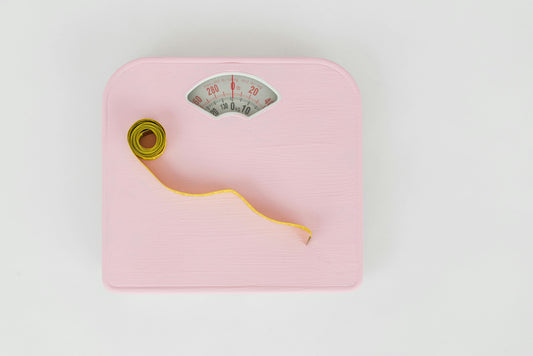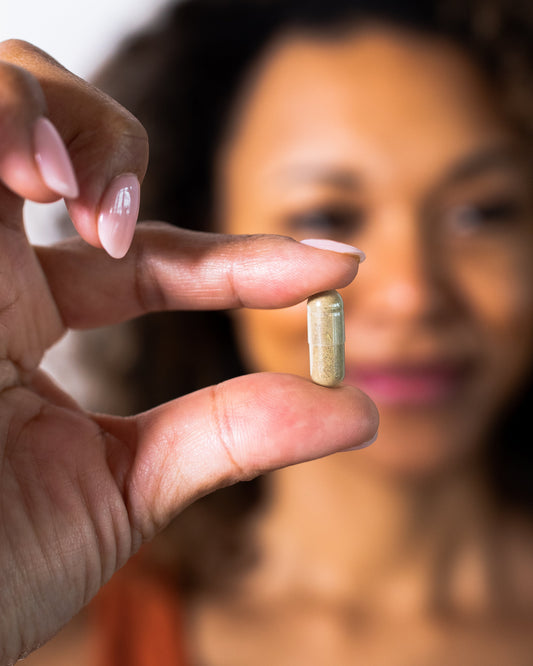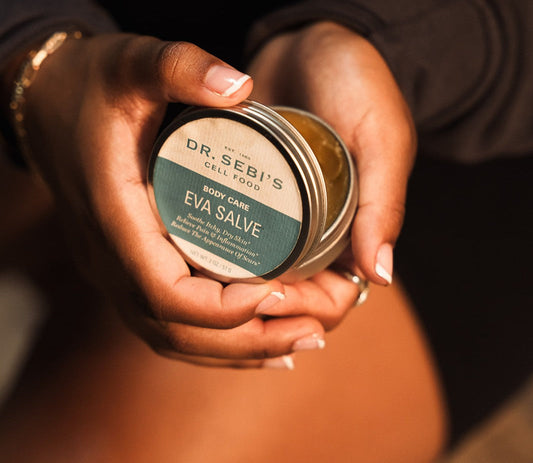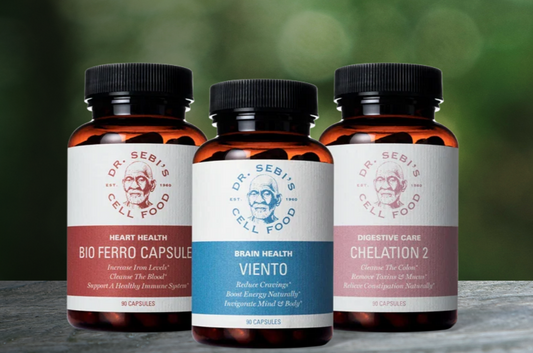Your body thrives in balance, and pH plays a key role in maintaining that harmony. When your pH levels are optimal, your cells, organs, and systems work together seamlessly, supporting everything from digestion to energy production.
Dr. Sebi believed that an alkaline body is the foundation of health, as an acidic environment fosters disease and inflammation. By focusing on alkaline foods and eliminating mucus-causing substances, you can restore your body’s natural equilibrium and unlock its ability to heal itself.
However, modern diets, stress, and environmental factors can tip the scale toward acidity, disrupting this natural balance. Restoring your body’s pH to a healthy level isn’t complicated, but it can make a world of difference in how you feel, promoting better resilience, improved focus, and vibrant health.
“Disease occurs in an acidic environment.” -Dr. Sebi
What Is Normal pH?
The pH scale measures how acidic or alkaline a substance is, ranging from 0 (acid) to 14 (base/alkaline), with 7 considered neutral. In the human body, pH levels vary across different systems, but maintaining an overall balance is crucial for optimal health.
Blood pH, for example, is tightly regulated between 7.35 and 7.45, slightly alkaline, and even minor fluctuations can disrupt vital processes and lead to serious health issues. Other body systems, like the stomach, are naturally more acidic (around pH 1.5 to 3.5) to aid with digestion, while saliva and urine fluctuate to help eliminate waste.
The body constantly works to balance pH through buffering systems in the blood, lungs, and kidneys, which neutralize excess acids or bases to prevent harmful shifts.
Symptoms of an Unbalanced pH
Maintaining a stable pH is crucial, as even small shifts can disrupt cellular processes, metabolism, and organ function. Here’s a breakdown of symptoms that can occur when pH levels are too high (alkalosis) or too low (acidosis).
When pH Is Too Low (Acidosis)
When the body’s pH drops below 7.35 in the blood, this is known as acidosis. Acidosis can result from acid buildup due to factors like poor diet, kidney dysfunction, or respiratory issues. Symptoms of acidosis can vary depending on severity but often include:
- Fatigue and weakness
- Muscle pain and cramps
- Shortness of breath
- Digestive issues
- Bone density loss
- Increased risk of kidney stones
Severe acidosis, particularly if caused by underlying health conditions, may require medical attention, as it can disrupt cellular function and lead to serious complications.
When pH Is Too High (Alkalosis)
On the other end of the spectrum, alkalosis occurs when blood pH rises above 7.45. Though less common than acidosis, it can occur due to factors like excessive bicarbonate intake, prolonged vomiting, or electrolyte imbalances. Symptoms of alkalosis include:
- Muscle twitching and cramps
- Confusion or lightheadedness
- Numbness or tingling
- Nausea and vomiting
- Rapid breathing
If left unaddressed, alkalosis can affect electrolyte balance and lead to complications involving muscle and nerve function. Like acidosis, severe cases of alkalosis should be treated under medical supervision to restore healthy pH levels.
How to Fix Your pH Balance
1. Follow an Alkaline Diet
- Prioritize Alkaline Foods: Foods such as leafy greens (kale and arugula), cucumbers, avocados, sea vegetables (sea moss or nori), and other non-starchy vegetables provide essential minerals, like potassium and magnesium, which help neutralize excess acids.
- Limit Acidic Foods: According to Dr. Sebi, acidic foods—such as dairy, meat, refined sugars, and alcohol—can disturb pH balance and create an acidic environment in the body. Avoiding these foods supports your body’s ability to maintain a balanced pH.
- Include Alkaline Grains and Seeds: Dr. Sebi recommends nutrient-dense grains like amaranth, quinoa, and spelt, which are less acidic and provide essential minerals and fiber. Incorporating small amounts of alkalizing seeds, such as sesame or hemp, can also help support pH balance by supplying magnesium and other minerals.
“It is not always easy to stop eating the many acidic foods we’ve enjoyed for so long and have become addicted to. But it can be accomplished through cleansing and nourishing our bodies with the foods the Creator has provided.” -Dr. Sebi
2. Hydrate With Spring Water
- Choose Spring Water: Natural spring water is often slightly alkaline and contains minerals that help balance body pH. Dr. Sebi advocates for consuming at least one gallon of pure, mineral-rich spring water each day, as it helps neutralize acidity and promote detoxification.
- Avoid Sugary or Acidic Beverages: Sodas, energy drinks, and even coffee can create an acidic environment. Opting for herbal teas, like chamomile or ginger, supports hydration without introducing excess acid.
3. Incorporate Dr. Sebi’s Natural Remedies
- Bladderwrack and Sea Moss: These sea vegetables are high in minerals like iodine, potassium, and magnesium, which support alkaline balance and cellular health. They’re also rich in antioxidants that reduce inflammation, helping the body buffer acids. Try one of Dr. Sebi’s Sea Moss blends.
- Burdock Root and Dandelion: These herbs play a major role in detoxing the liver and kidneys and maintaining body pH balance. Burdock root, for example, contains inulin, a prebiotic fiber that promotes gut health, a critical factor in pH regulation. Try Dr. Sebi’s 21-Day Detox Package.
- Green Supplements: Blends of greens like nettle, nopal, and chaparral can provide a concentrated source of chlorophyll, which supports blood pH by promoting oxygenation. Try Dr. Sebi’s Green Food Plus.
4. Practice Mindful Breathing
- Deep Breathing Exercises: Regular deep breathing helps expel carbon dioxide, a byproduct of metabolism that can increase acidity in the blood. For example, diaphragmatic breathing (inhaling deeply through the nose, expanding the diaphragm, and exhaling slowly) reduces acidity and improves oxygen flow.
- Mindfulness and Meditation: Stress can lead to shallow breathing and increase acidity through heightened cortisol production. Meditation and mindful breathing practices help calm the nervous system, reducing cortisol and balancing pH.
5. Support Detoxification Through Movement
- Gentle Exercise and Stretching: Physical activity, such as yoga or brisk walking, encourages lymphatic flow and helps remove waste products that can contribute to acidity.
- Sweating for Detox: Sweat is a natural pathway for eliminating toxins. Engaging in mild physical activity or using natural sauna practices (without intense heat that stresses the body) can help release acidic compounds through sweat.
6. Prioritize Adequate Sleep and Stress Reduction
- Maintain a Consistent Sleep Schedule: Poor sleep disrupts metabolic processes and can lead to acid buildup in the body. Aim for 7 to 9 hours of quality sleep to allow your body adequate time for cellular repair and detoxification.
- Reduce Stress: Chronic stress increases acid production due to elevated cortisol levels, which can disrupt pH balance. Practices like journaling, spending time in nature, and connecting with loved ones help lower stress and support a balanced pH.
Addressing Vaginal pH
Keeping your vaginal pH balanced is essential for preventing infections and supporting female reproductive health. The natural pH of the vagina is slightly acidic, typically around 3.8 to 4.5, which creates an environment that prevents the growth of harmful bacteria and fungi.
Factors such as hormonal changes, antibiotic use, and certain hygiene products can disrupt this delicate balance, making it more alkaline and increasing the risk of infections like bacterial vaginosis (BV) or yeast infections.
To help with restoring and maintaining a healthy pH balance of the vagina, only use natural, fragrance-free products (like Dr. Sebi’s Uterine Wash and Oil), wear breathable fabrics like cotton, and include alkaline-rich foods in your diet, which can support the balance of your gut health. Staying hydrated and reducing refined sugar intake also contribute to a balanced vaginal pH.













